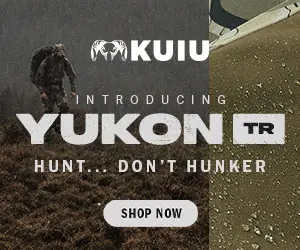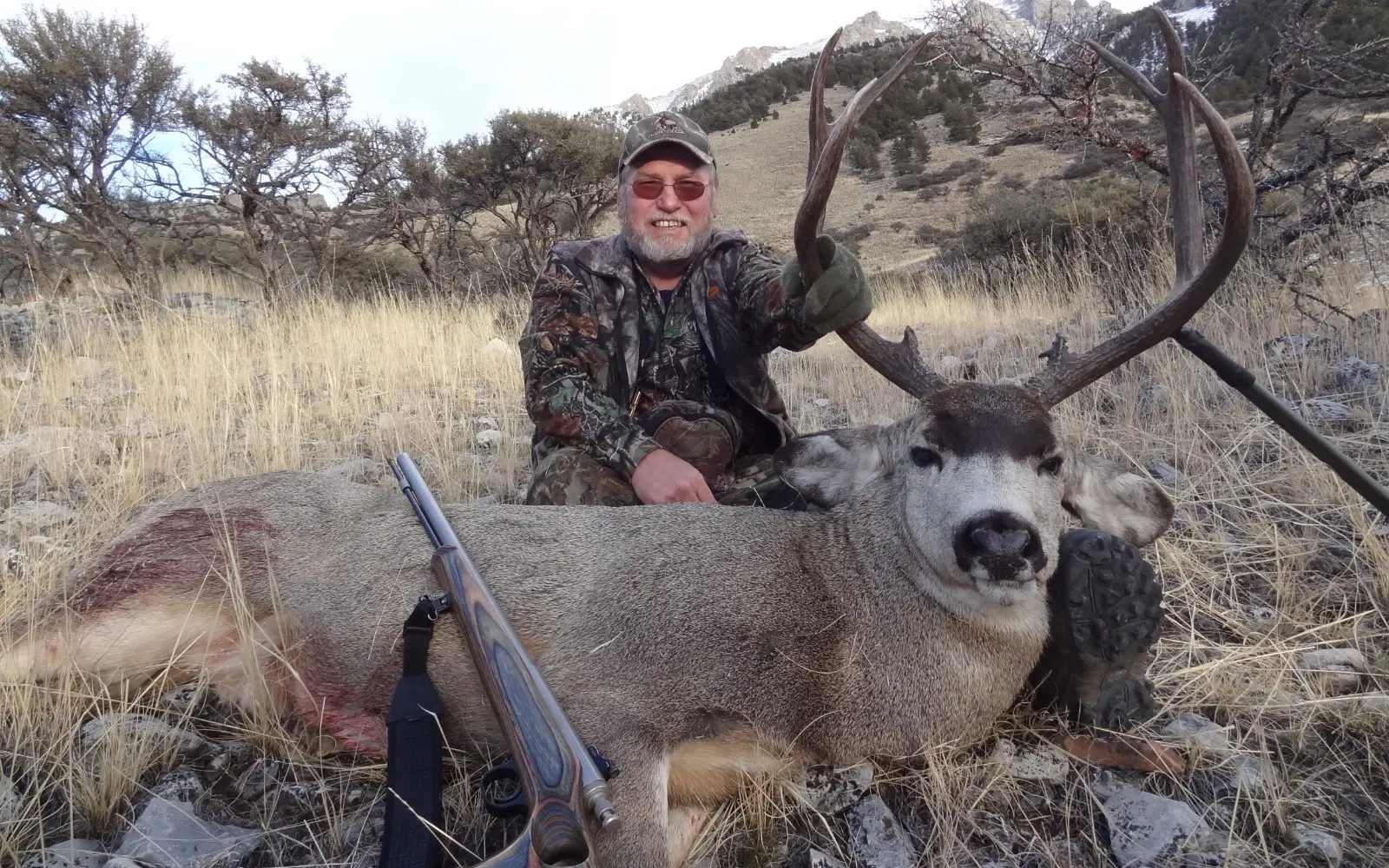
NOTICE: Certain links on this post may earn a commission for Western Hunter Magazine from Amazon or our other affiliate partners when you make a purchase. Thank you for your support.
Tips for Muzzleloader Hunting the West
We are both fortunate and unfortunate to be living in a day and age where western hunting is gaining popularity. The recruitment of new hunters, and companies making top-notch gear marketed specifically for our style of hunting, is surely a benefit to us all. However, with this popularity comes competition for hunting areas and tags out West. Due to this, we must be willing to adapt and look for more and different hunting opportunities such as muzzleloader hunting.
One of the best ways I’ve found to do this is being proficient with multiple weapons. I’ve been primarily a bowhunter most of my life, but I’ve always enjoyed rifle hunting as well when I have time. About ten years ago, I realized that there was another opportunity I was missing out on - muzzleloader hunting. This style of hunting immediately appealed to me, because much like bowhunting, it was a fairly close-range game. On top of that, draw odds are oftentimes much better than any-weapon hunts and seasons are often during peak rut times.
I started dabbling in muzzleloader hunting and drew a couple of mule deer tags. I took one nice buck, but it’s in the last few years that I’ve really gotten into it and started looking hard for more chances to hunt with a smokepole. If taking up this type of hunting is something you’re considering, hopefully, I can help shorten the learning curve and give you a couple of ideas that will light a fire for muzzleloader hunting.
Choosing the Right Weapon
There are a lot of guns out there and picking the right one can be a daunting task. In a perfect world, a guy would have enough money that he could buy different guns for states that have varying muzzleloader hunting regulations. Unfortunately, I don’t live in that world, so I have to buy one gun that can cover whatever regulations occur in different states I hope to hunt.
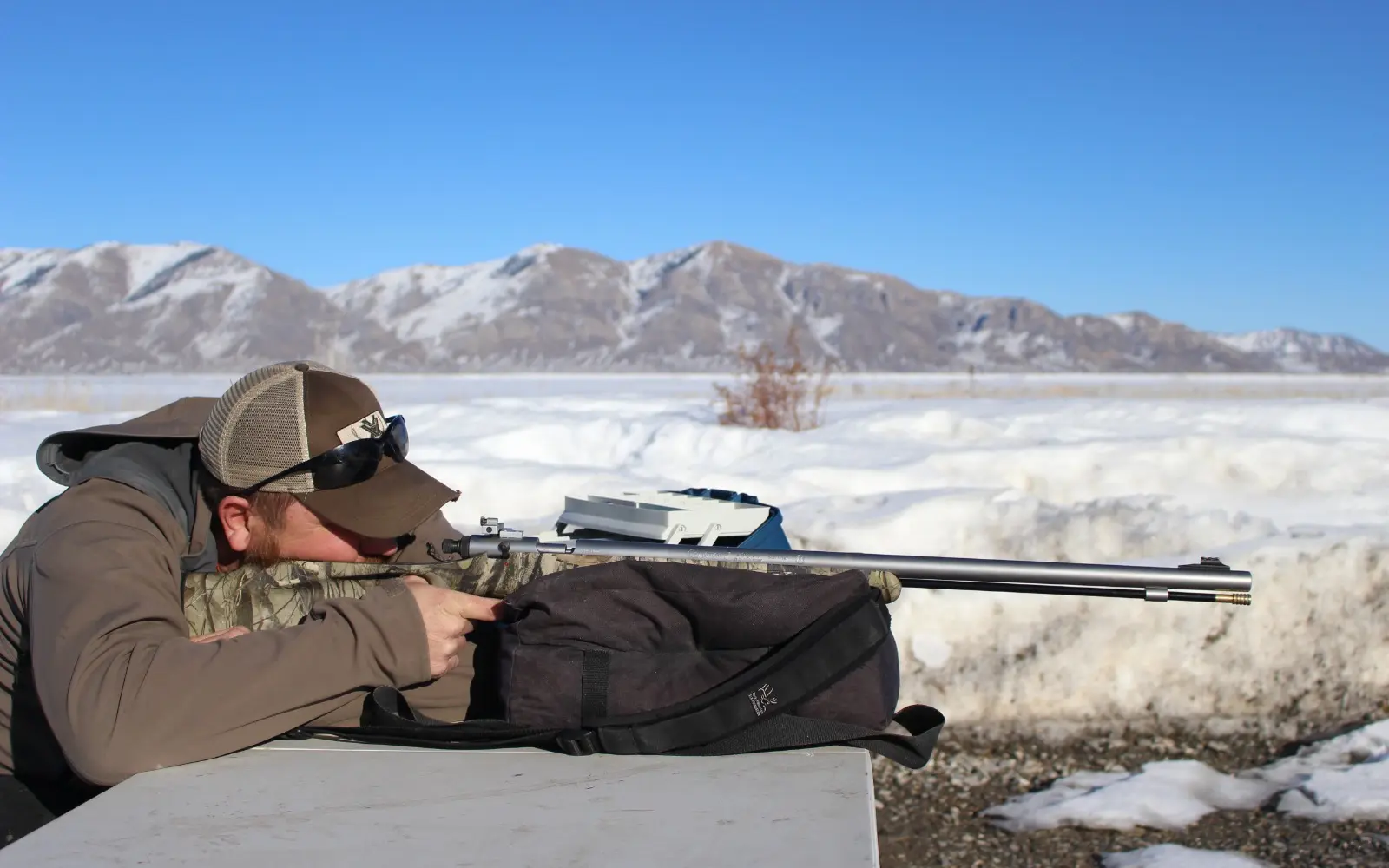
For example, in some states you can use 209 primers or the like, where the ignition system is protected from the elements. This is the most efficient system and some of these guns when set up with jacketed bullets, powder pellets, and magnified scopes, are capable of making shots to 250 to 300 yards and beyond.
Conversely, in many states like Idaho, Oregon, and Washington, you have to use a more primitive ignition system that leaves the ignition system exposed, like #11 primers or musket caps. On top of that, in many of these areas, you have to use loose powder, bullets made only of lead, and open sights or a peep sight. Many of these factors greatly limit the distance at which you can accurately shoot. This is done purposefully to keep the hunt more primitive in nature. Because of this, many people won’t apply, making the odds better for those willing to hunt with these limitations. I’ve shot a lot of guns over the years, but ultimately I settled on the Bighornby Knight Rifles.You can buy this rifle for under $400 and it shoots amazing.
At 100 yards I can routinely shoot 2”-3”groups with open sights. Beyond that in my field practice I can consistently hit targets out to 200 yards, which with open sights is my absolute max shot distance, but I actually prefer 150 yards and in. There are other good options out there, so you have to decide what gun is the best fit for your personal style and legal in the areas you decide to hunt.
Tips for Making It Shoot
When you’ve decided on your gun and it’s time to shoot, there are a few tips I’d like to offer.
Foul your barrel
Fire a couple of caps before you load your gun. It clears the nipple of debris and fouls your barrel, which aids in accuracy.
Felt wads
This is something I’ve learned in just the last year. Putting a felt wad between your powder and your bullet does great things for tightening groups.
Use a reloading scale to measure powder
When I first started shooting a muzzleloader, I just used a powder measurer for measuring loads. Then I got a tip on how much your loads can vary when using this method (up to 20 grains). Once I started measuring my loads with a reloading scale, I quickly tightened my groups. Accurate muzzleloader shooting is all about consistency, so having the same weight powder every time is the best way to get there.
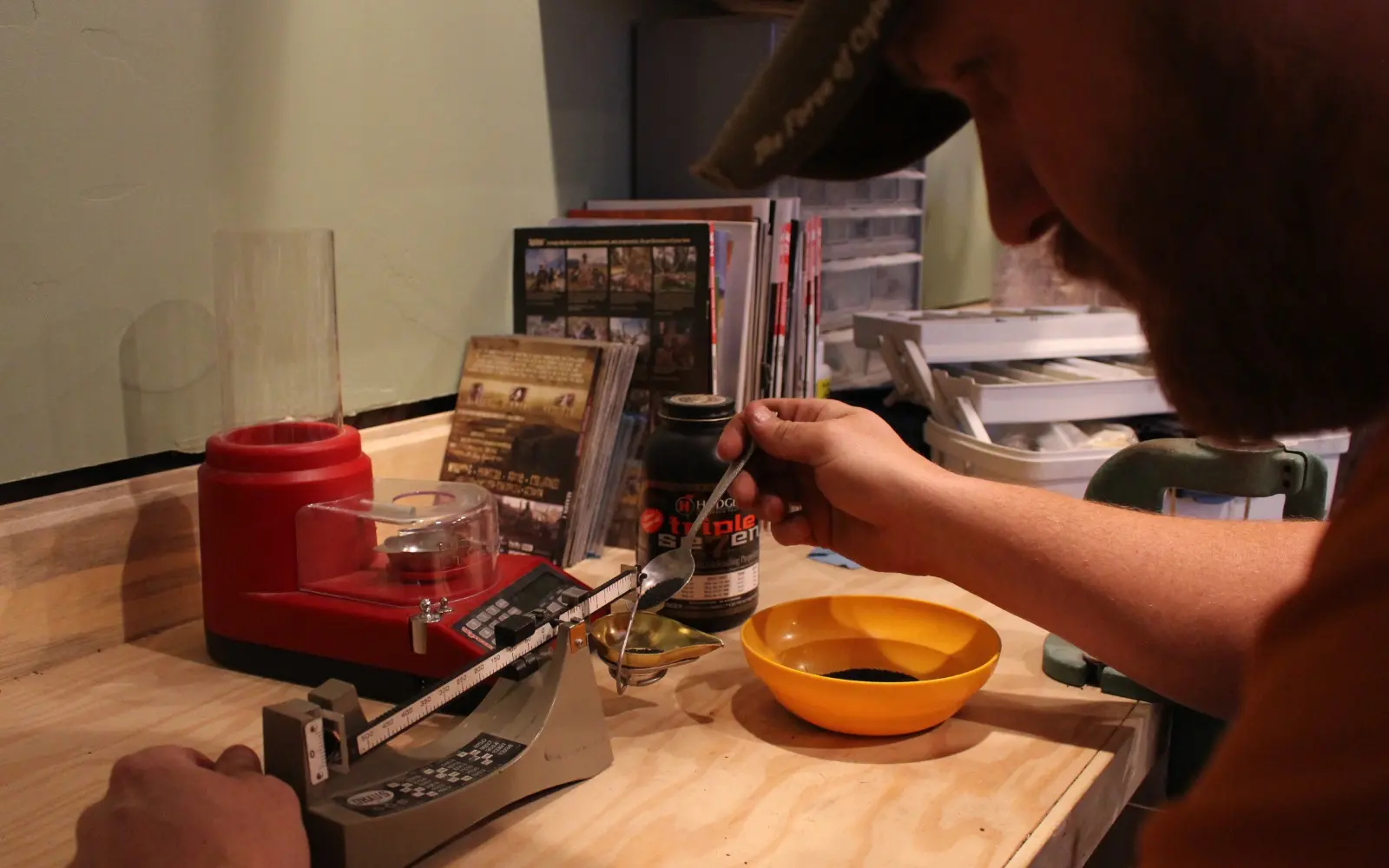
Mark your ramrod
Like I already mentioned, consistency is key. Once you have your rifle shooting the way you want, put a mark on your ramrod that ensures your load is seated to the same depth every time you load it.
Soap and water
Disassemble your gun and wash it with soap and water everytime you’re done shooting it. Many companies try to market different things for cleaning your gun. My cousin, who got me into muzzleloading, always taught me to wash my gun with soap and water every time and when I’ve done so I haven’t had issues. The times I’ve used other methods I have had problems.
Choose good bullets
It’s easy to go to the big box stores and buy the first bullets you see, but sometimes those aren’t the best choices. Through my research, I’ve found that there are some really good lesser-known companies, especially in the all-lead bullet category. Last year on my elk hunt I used some all-lead bullets made by No Excuses Bullet Manufacturing(www.muzzleloading-bullets.com). These bullets shoot better for me than any bullet I’ve ever tried and performed great on my bull.
Back off on the powder
When I first started shooting a muzzleloader, I thought you had to shoot a ton of powder to get as much speed as possible. It’s simply not true. As a matter of fact, I found that when using all-lead bullets you’re better with less powder. The reason is if you push them too fast, the lead bullets won’t hold together on impact and will perform poorly. On my final load, I was only shooting 85 grains of Hodgdon Triple 7 powder, and it had more than enough oomph to take down a mature bull elk.
Top 5 Muzzleloader Hunts
Now for the fun stuff - the muzzleloader hunting! There are a lot of muzzleloader hunts across the West that offer legitimate opportunities at quality animals and/or a great experience. For the most part, just by knowing these hunts exist, you can do a little research and find a good hunt that gets you excited.
Colorado elk
Years ago when I started building points in Colorado, I only had archery hunting in mind. However, here I am 7 points later and I really don’t know 100% what I want to do with them. I passed the units that I can draw with 3-4 points and know I’m in no-man’s land between those lesser hunts and a long way from drawing the top units. Personally, I don’t feel like building points for another 10-20 years. Because of this, I’m turning my attention to the muzzleloader hunts. For those of you that don’t know this, the muzzleloader elk hunt falls in the middle of September, right during the bow hunt (and the rut). That’s right; if you draw the tag, you get to go chase bugling bulls with a weapon capable of double the distance of your bow. When one of those call-shy bulls hangs up at 100 yards, you can just shoot him. Sounds like a good time to me. I’m already doing my research and planning on doing a muzzy elk hunt in Colorado in 2017.
Utah General Mule deer
Utah general muzzleloader mule deer has been on my radar for a while now, but this year things really got interesting. Utah DWR made it legal to use magnified scopes on their muzzleloader-only hunts. With a scoped muzzleloader, you’re able to get accuracy at distances that 20 years ago was a long shot for modern rifles. The season this year is September 28 - October 6, meaning you’ll get a chance to hunt these bucks after the archery hunt, but before the rifle hunters get out there. With the extended range of a scoped muzzleloader, hunters should have a good chance at taking some good bucks in Utah for years to come. Many of these general tags can be drawn with minimal points in the general draw.

Idaho pronghorn
Drawing an antelope tag in Idaho doesn’t mean you’re in for a trophy hunt. For the most part, 75” bucks are top end and most bucks taken are closer to 70. To make matters worse, the tags are so limited that some areas’ any-weapon tags are equivalent to drawing a bighorn sheep permit. So, your options are some of the unlimited draw archery tags or muzzleloader permits. Although the muzzleloader tags are far from a sure draw, some do offer fairly good odds in the 30% range. I’m hoping to draw one of these in the next few years. I know I likely won’t kill a huge buck, but I think chasing them around with a muzzleloader will be a kick in the pants. Most of these hunts run from late September to late October.
Washington general muzzleloader elk
Washington was one state that was never high on my list, but their general muzzleloader elk seasons definitely have my attention lately. You can buy these tags over the counter and they have seasons ranging from early October in some units to late November in others. Some of the antlerless seasons go later, but I’m focused on the bull-only or either-sex hunts. I’m particularly interested in the early October hunts, where the bulls will likely still be rutting.
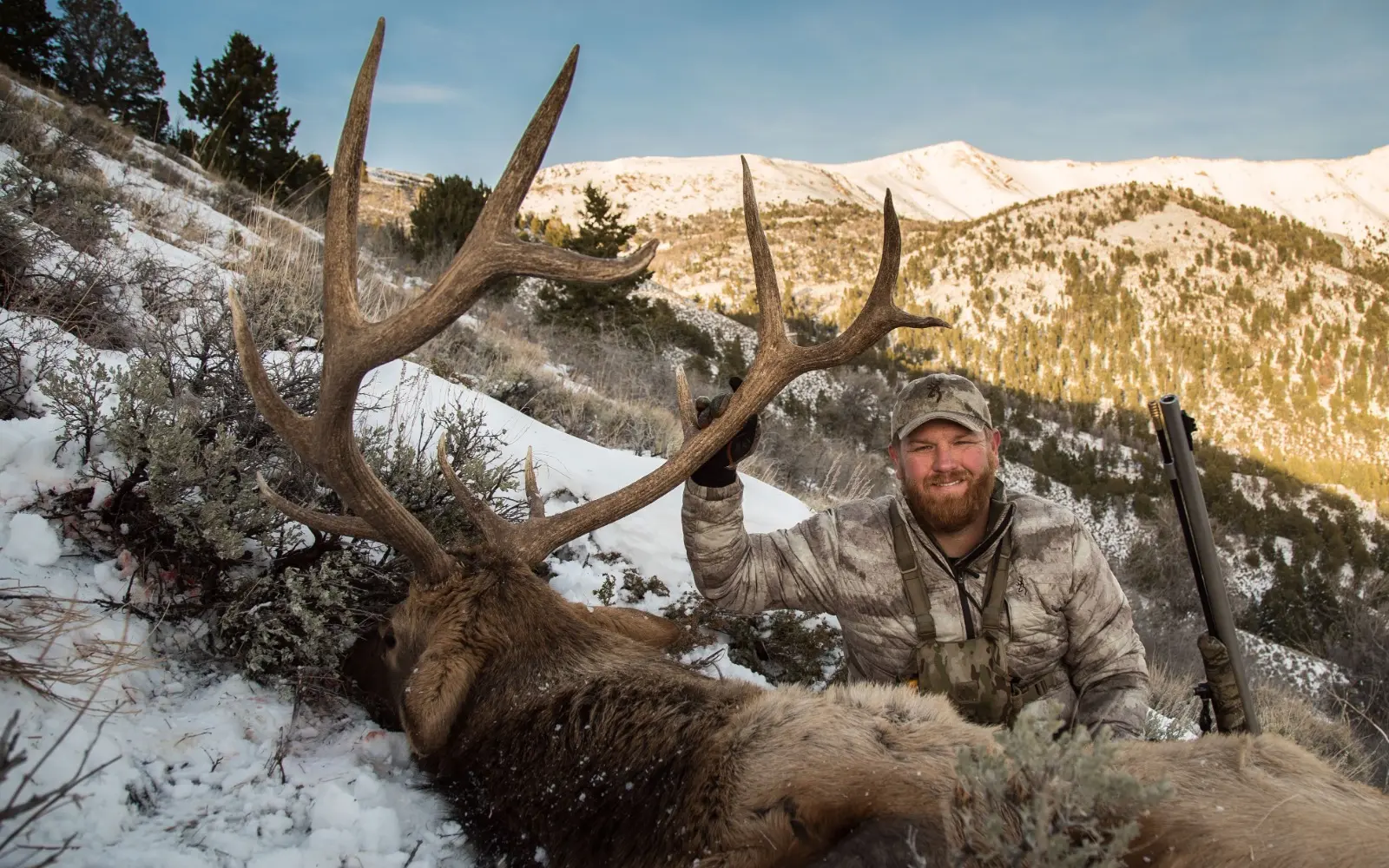
New Mexico ibex
Ibex in New Mexico is a very hard tag to come by. Even so, I’ve been applying the past couple years, and it’s near the top of my muzzleloader bucket list. Be aware before applying that New Mexico’s Florida Mountains are extremely rugged and not for the faint of heart. If you’re lucky enough to draw a muzzleloader season, the hunt dates are December 6-20. As I said, the odds are tough, but if you happen to draw, it would be a unique opportunity to hunt a very special animal. Keep in mind you may apply for several choices in New Mexico, meaning you can apply for muzzleloader, any-weapon, and archery ibex hunts. The odds for archery hunts are much better, but the success rates on those hunts are extremely low.
Get Started Muzzleloader Hunting Now!
There is a lot more to muzzleloader hunting, and many more opportunities, both general and specific. If you want to get into it but haven’t, you’re doing yourself a disservice. It will help you find more opportunities to get afield. Becoming proficient with a muzzleloader takes time, so even if you are a ways out from drawing a tag, the best time to get started is now. Good luck!

